Intro
Discover the causes and symptoms of low sodium blood levels, also known as hyponatremia, and learn how to manage this electrolyte imbalance through dietary changes and medical treatment, preventing dehydration and seizures.
Low sodium blood levels, also known as hyponatremia, is a condition where the concentration of sodium in the blood falls below 135 mmol/L. Sodium is an essential electrolyte that helps regulate the amount of water in and around cells, and it plays a crucial role in maintaining proper nerve and muscle function. When sodium levels in the blood are low, it can cause a range of symptoms, from mild to severe, and can even be life-threatening if left untreated. In this article, we will delve into the world of low sodium blood levels, exploring its causes, symptoms, diagnosis, treatment, and prevention.
The importance of maintaining proper sodium levels in the blood cannot be overstated. Sodium helps regulate the balance of fluids within the body, and it is essential for the proper functioning of nerves and muscles. When sodium levels are low, it can cause muscle weakness, cramps, and fatigue, making it difficult to perform everyday activities. Moreover, low sodium levels can also affect the brain, leading to symptoms such as confusion, seizures, and even coma. It is essential to understand the causes of low sodium blood levels and take steps to prevent and treat this condition.
Low sodium blood levels can be caused by a variety of factors, including excessive fluid intake, certain medications, and underlying medical conditions such as heart failure, liver disease, and kidney disease. In some cases, low sodium levels can be a side effect of a medical treatment, such as diuretics or chemotherapy. It is crucial to identify the underlying cause of low sodium levels to provide effective treatment and prevent further complications. By understanding the causes and symptoms of low sodium blood levels, individuals can take proactive steps to maintain proper sodium levels and prevent this condition from occurring.
Introduction to Low Sodium Blood Levels
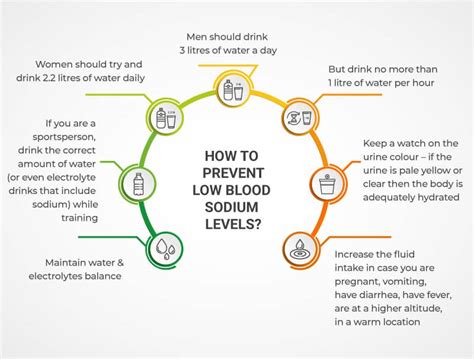
Causes of Low Sodium Blood Levels
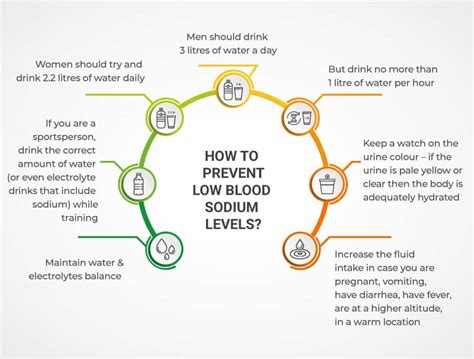
Excessive Fluid Intake
Excessive fluid intake is a common cause of low sodium blood levels. When an individual consumes large amounts of water, it can dilute the sodium levels in the blood, leading to hyponatremia. This can occur in athletes or people who participate in endurance sports, as well as in individuals who drink large amounts of water as part of a detox or cleansing program. It is essential to drink water in moderation and to monitor sodium levels regularly to prevent hyponatremia.Certain Medications
Certain medications can also cause low sodium blood levels. Diuretics, for example, can increase urine production and reduce sodium reabsorption in the kidneys, leading to hyponatremia. Other medications, such as chemotherapy and certain antidepressants, can also cause low sodium levels as a side effect. It is essential to monitor sodium levels regularly when taking these medications and to seek medical attention immediately if symptoms of hyponatremia occur.Symptoms of Low Sodium Blood Levels
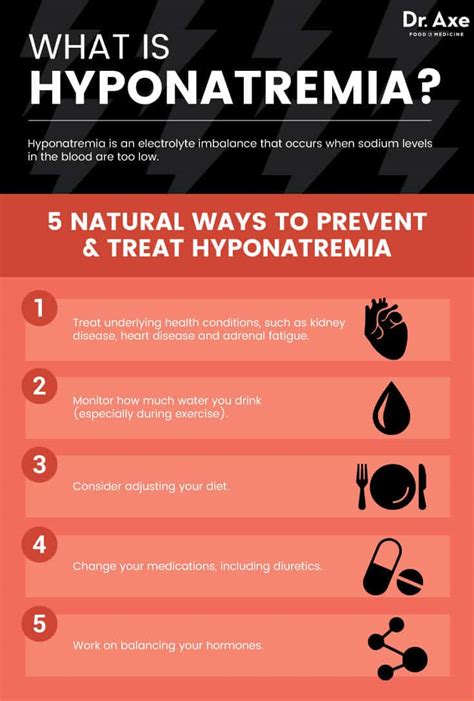
It is essential to seek medical attention immediately if symptoms of low sodium levels occur, as prompt treatment can help prevent further complications.
Diagnosis of Low Sodium Blood Levels
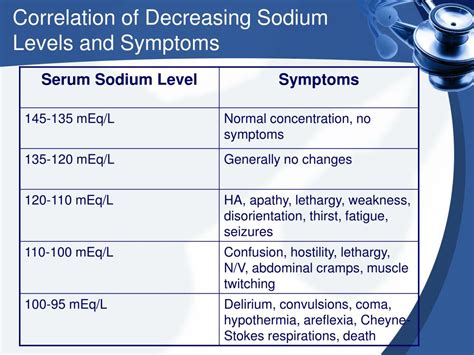
Laboratory Tests
Laboratory tests are essential for diagnosing low sodium blood levels. A blood test can measure the sodium levels in the blood, and a urinalysis can help determine if the individual has any underlying medical conditions that can cause hyponatremia. Other laboratory tests, such as a kidney function test, may be performed to determine if the kidneys are functioning properly.Treatment of Low Sodium Blood Levels
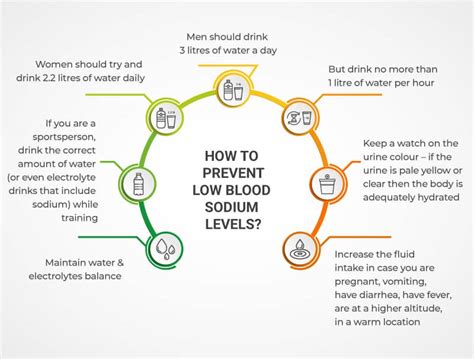
It is essential to work with a healthcare provider to develop a treatment plan that addresses the underlying cause of low sodium levels and prevents further complications.
Prevention of Low Sodium Blood Levels
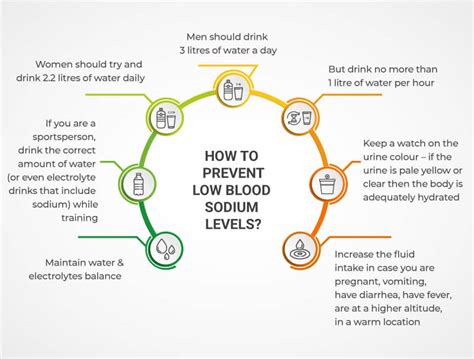
It is essential to work with a healthcare provider to develop a prevention plan that addresses individual needs and prevents further complications.
Lifestyle Changes
Lifestyle changes can help prevent low sodium blood levels. Drinking water in moderation and avoiding excessive fluid intake can help prevent hyponatremia. Individuals can also monitor sodium levels regularly and avoid certain medications that can cause low sodium levels. Managing underlying medical conditions, such as heart failure and liver disease, can also help prevent hyponatremia.What are the symptoms of low sodium blood levels?
+The symptoms of low sodium blood levels can vary depending on the severity of the condition, but may include muscle weakness, fatigue, headache, confusion, seizures, and coma.
What causes low sodium blood levels?
+Low sodium blood levels can be caused by excessive fluid intake, certain medications, and underlying medical conditions such as heart failure, liver disease, and kidney disease.
How is low sodium blood levels diagnosed?
+Low sodium blood levels are typically diagnosed through a physical examination, medical history, and laboratory tests, such as a blood test and urinalysis.
In conclusion, low sodium blood levels are a serious medical condition that requires prompt attention and treatment. By understanding the causes, symptoms, diagnosis, treatment, and prevention of low sodium blood levels, individuals can take proactive steps to maintain proper sodium levels and prevent this condition from occurring. If you have any questions or concerns about low sodium blood levels, please do not hesitate to comment below or share this article with others. Remember, maintaining proper sodium levels is essential for overall health and well-being, and seeking medical attention immediately if symptoms of low sodium levels occur can help prevent further complications.
